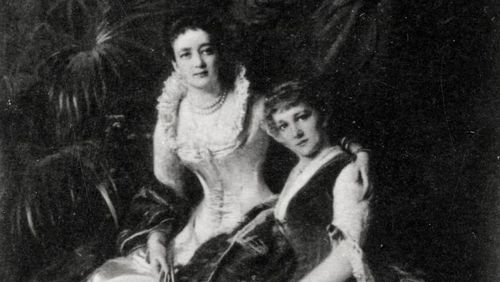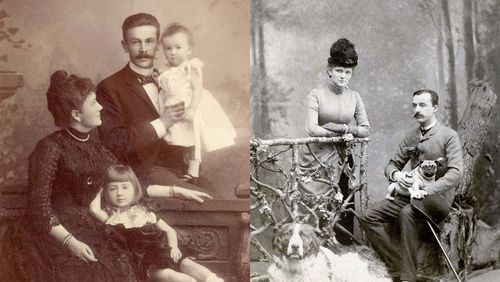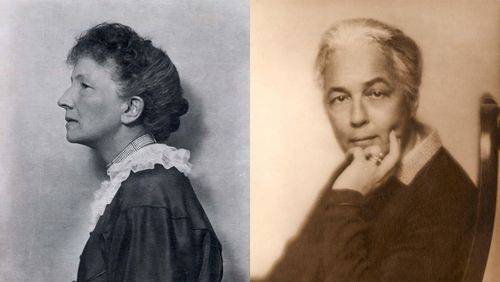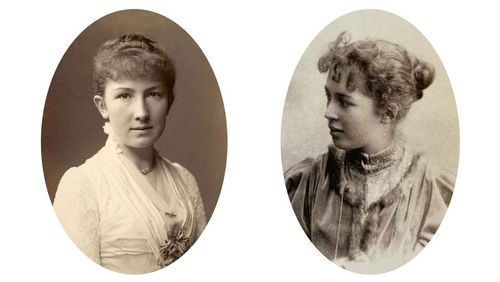The founders
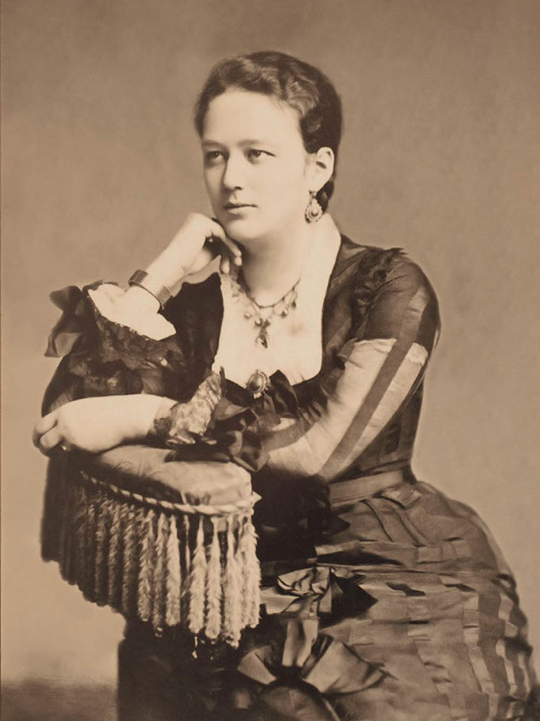
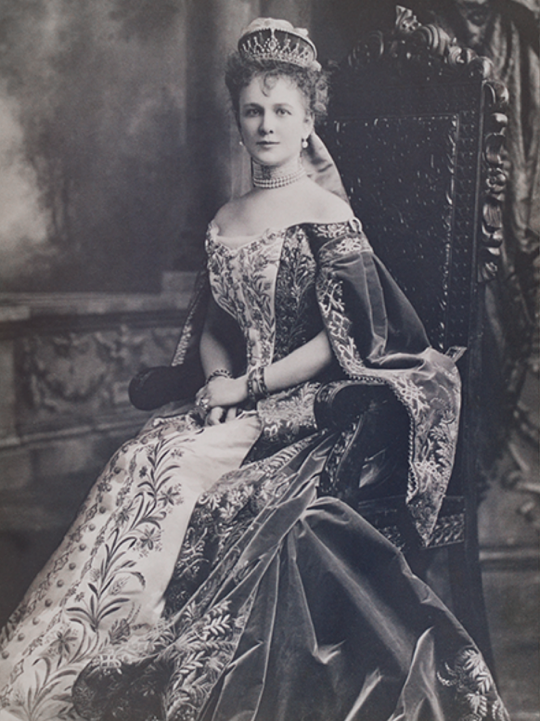
The Werner Siemens Foundation was founded by two daughters of Carl Siemens, Charlotte and Marie, who fulfilled their father’s long-cherished ambition of establishing a fund to support members of the Siemens family—a goal that was initially delayed by the outbreak of World War I.
“Ridiculously simple” is how Werner Siemens described the contraption he had concocted out of a cigar box, bits of iron, tin and insulated copper wire. It was the year 1847, and the contraption was a simple home-made telegraph that would become the cornerstone of a renowned international
firm. Shortly thereafter, Siemens built the first telegraph connection between Berlin and Frankfurt, and in March of 1849, he landed a coup by announcing the election of Friedrich Wilhelm IV to German Emperor. Whereas it took the royal delegation a week to convey the message from Frankfurt to Berlin, Siemens and his telegraph needed only one hour.
The company soon established branches abroad, and two of Werner’s younger brothers joined the business: Carl was in charge of the Russian holdings and Wilhelm saw to affairs in Britain. In 1874, the company laid the first transatlantic ocean cable, and all three brothers were knighted for their technical and entrepreneurial achievements: Werner von Siemens in Germany, Carl in Russia and Sir William in Great Britain.
In addition to their technical and business acumen, the brothers demonstrated a pioneering spirit in their role as employers: they gave their employees a share in the company’s success, and, in 1872, they founded a company pension fund—a pioneering step. This pronounced sense
of social responsibility was characteristic of the Siemens family—a trait possibly strengthened by the early death of their parents. Already in 1900, Carl had envisioned a foundation for the Siemens family, and his daughters Charlotte and Marie immediately embraced the idea.
The First World War, however, put the company under great strain. Business was hobbled in Germany, and the British branch fell under the financial control of the government. Nor did the family remain personally unaffected by the upheaval of the era: Charlotte’s husband was murdered in the Russian Civil War, and she was forced to flee with her son in the aftermath of the October Revolution. She was later granted citizenship in Liechtenstein.
After the war, Charlotte and Marie finally gained access to the inheritance left by their father and, after a twenty-year delay, realised Carl’s vision: on 7 November 1923, they invested 200,000 Swiss francs in the Werner Siemens Foundation in Schaffhausen, Switzerland. The funding was originally intended to support Siemens family members who were caught in the political and economic turmoil in Germany and Russia. In the following years, three additional women from the Siemens dynasty contributed significantly to the fund: first Anna and Hertha, the daughters of Werner von Siemens, and later Eleonore, the daughter-in-law of Carl von Siemens.
Text: Guido Stalder
Photos and reference: Siemens Historical Institute
